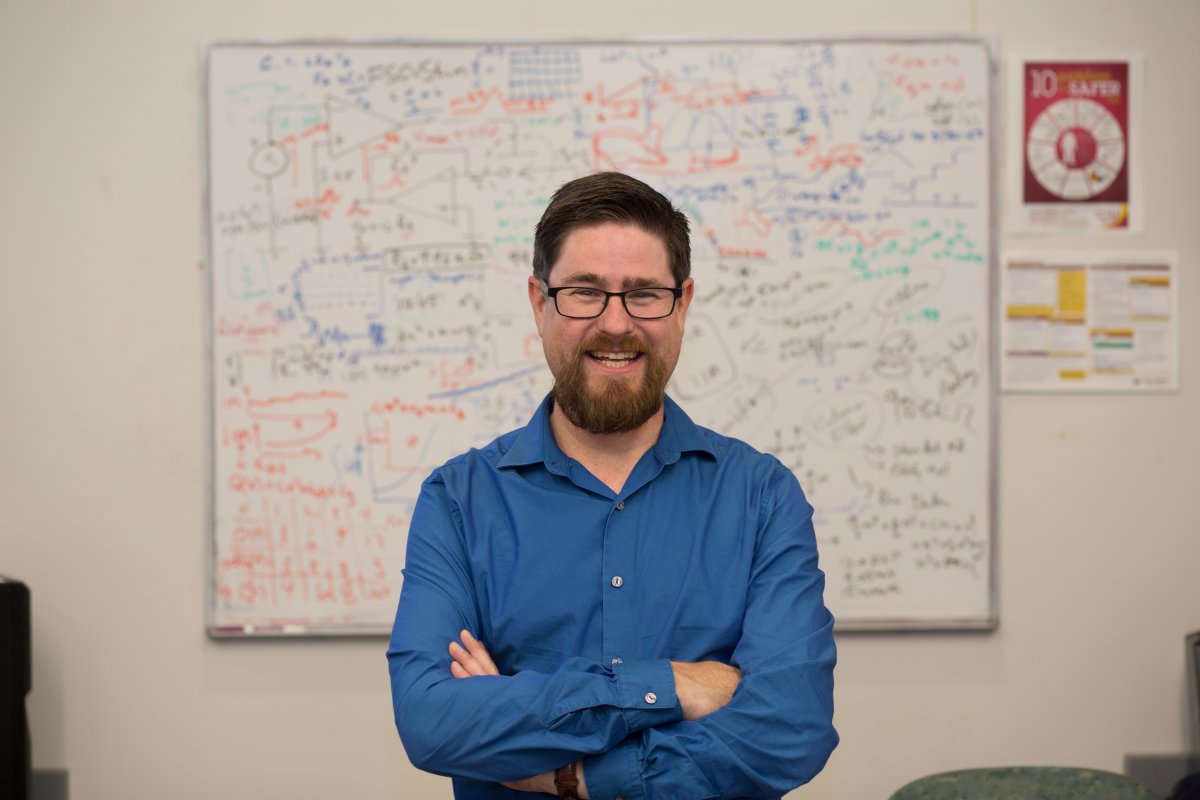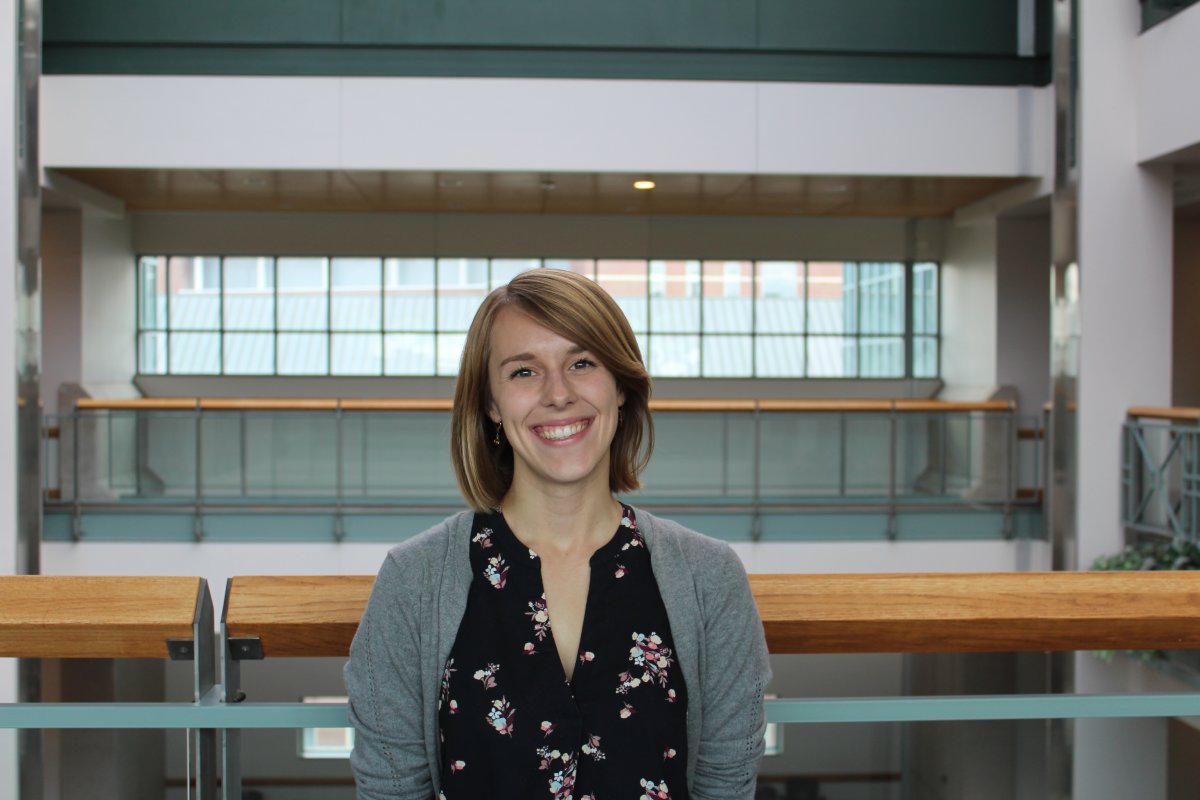Faculty and student news roundup

May 2020—Following is a recap of Department of Biomedical Engineering faculty and student announcements since December 2019.
Students receive awards
Astronaut Scholarship
Marcos Zachary (Victor Barocas)
NIH Predoctoral Fellowship
Katherine Cummins (David Wood)
Doctoral Dissertation Fellowships
Lauren Bersie Larson (Victor Barocas)
Wei-Han Lin (Brenda Ogle)
Ryan Mahutga (Victor Barocas)

Student and faculty start-ups launched
Tay Netoff—Spun out StimSherpa, a company he co-founded that helps treat spinal cord injuries by optimizing the therapeutic settings of spinal cord stimulation. Netoff and co-founders are licensing technology from the University of Minnesota and recently participated in the gBETA accelerator program.

Claire Kaiser—The BME PhD student recently helped design a wearable arthritis device and create a start-up. While Kaiser knew she wanted to work at a medical device company, she never imagined she’d have the opportunity to help form one as a second-year biomedical engineering PhD student.

NIH invests in senior faculty
Two BME faculty have received an NIH Maximizing Investigators' Research Award (MIRA), which is designed to enhance scientists’ productivity and chances to make important breakthroughs in their field. The award is supported by the National Institute of General Medical Sciences.
Jonathan Sachs—Received an NIH MIRA R35 award to better understand the structural dynamics of tumor necrosis factor (TNF) receptors. Members of the TNF receptor superfamily are involved in numerous inflammatory diseases, including rheumatoid arthritis.
“The MIRA grant will allow the Sachs lab to continue to understand fundamental, biophysical mechanisms of TNF receptor signaling,” says Prof. Sachs. “In particular, the research aims to understand the connection between dynamic changes in receptor structure and their cellular activity. These studies build on the lab's recent discoveries that have revised the field's understanding of how these receptors work, opening new avenues for drug discovery.”
Casim Sarkar—Awarded an NIH MIRA R35 grant called, "Analysis and engineering of cell signaling.”
“This NIH MIRA award gives us flexibility to pursue a broad array of fundamental questions about how cells respond to their environment,” says Prof. Sarkar. “We’ll be developing new tools and methodologies to elucidate mechanisms of cell signaling, as well as novel strategies for engineering cell signaling to help create new molecular and cellular therapies.”
In addition, Prof. Sarkar received a USDA grant titled, "Analysis and engineering of plant immune receptors."
